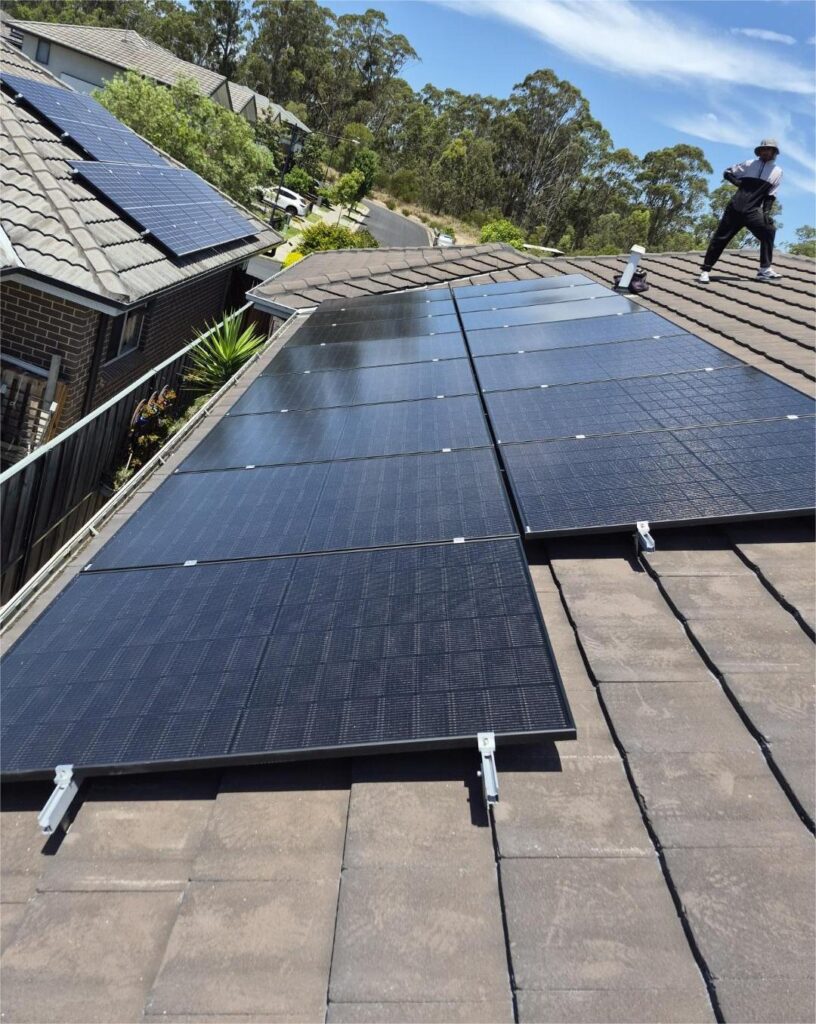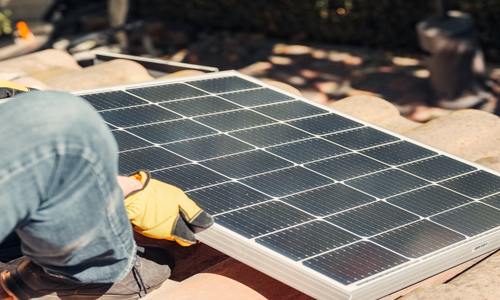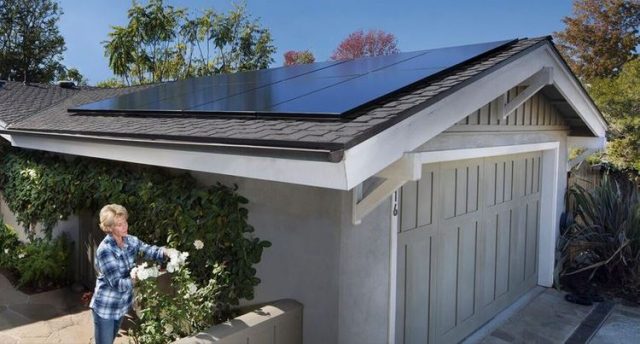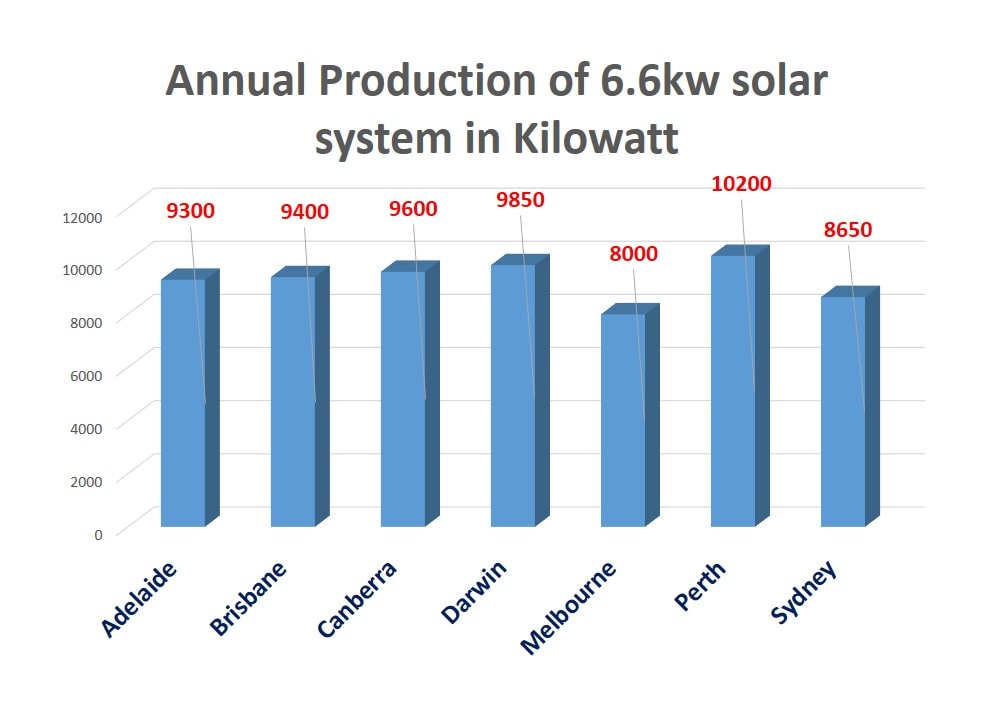The 6.6kW solar system has quickly become the most popular choice for Australian households, especially in Sydney. It’s often referred to as the “sweet spot” in residential solar because it balances affordability, efficiency, and suitability for medium‑to‑large families. With electricity prices in New South Wales continuing to rise, homeowners are increasingly turning to solar to take control of their bills and reduce reliance on the grid.
So, what makes the 6.6kW system so popular?
For many families, choosing a 6.6kW system is not just about saving money — it’s about investing in a sustainable future and adding long‑term value to their property.

When you purchase a solar system, you’re not just buying panels. A complete 6.6kW setup typically includes:
This combination ensures your system is safe, efficient, and ready to integrate with Sydney’s electricity grid.
In Sydney’s sunny climate, a 6.6kW system can generate impressive amounts of electricity:
Of course, production varies depending on weather, roof orientation, and shading. North‑facing roofs in Sydney tend to deliver the best results, while east‑west orientations still perform well but with slightly reduced efficiency.

The number of panels depends on their wattage:
In terms of space, expect to use 30–35 m² of roof area. Most Sydney homes have sufficient roof space, but installers will assess shading and orientation to maximize efficiency.
Here’s a simple step‑by‑step flow:
This seamless process allows you to power your home during the day and reduce reliance on grid electricity.
In NSW, it’s better to position your panels to the north if you have the option. If you install your solar panels to the north, that will give the maximized power production. Even whether your panels face east or west, your system is likely to be effective, especially if your household consumes a vast portion of its electricity during the morning and evening peak periods.

In Sydney, the overall cost of a solar system can vary based on several important factors. To get the most accurate and up-to-date pricing, simply request a customised quote from our team. Key cost factors include:
Although the initial investment may seem substantial, available rebates combined with long-term energy savings make solar one of the most rewarding and cost-effective investments for Sydney households.
Australia offers generous support for solar adoption:
These incentives make solar more affordable and accelerate payback periods.
For most Sydney households, the answer is a resounding yes.
Solar isn’t just about saving money — it’s about energy independence and environmental responsibility.

Households often use a portion of the solar energy they generate and transmit the remains into the grid to receive a feed-in tariff. Higher rates of self-consumption result in faster payback times. Because grid electricity costs more than the feed-in tariff. Self-consume solar power is better than exporting it back which means sale back to the grid. You buy per unit of electricity much higher rate from the grid than exporting your solar electricity to the grid. In Sydney per unit electricity feed-in tariff will cost .25$ whereas when you export your produced electricity to the feed they give you, the name is just a price, only .05$. A small solar power system may have better self-consumption and a shorter payback time, but it will save less money on electricity overall. As a result, lowering the size of a system to achieve a faster payback period is typically a false economy that leaves you wishing you had installed a larger system from the start. Self-consumption varies by household, but those with 6.5 kilowatt solar systems utilize roughly 20% of the solar electricity generated on average, so I’ll use that statistic.
| System Capacity | Energy Produce Per Day Avg. 4hours Production cycle | Yearly Energy production | Self-consumption 40% on net Production | Export to Grid 60% on net production |
| 6.6kw | 6.6X4= 26.4kw | 26.4kwX 365days =9636kw | 3854kw | 5782kw |
| Grid Per Unit Cost | Feed-in tariff Per Unit Cost |
| 0.25$ | 0.07 to 0.10$ |
| Yearly Production of 6.6Kw Solar system | Energy Consumption | Value of Production |
| 8672kw | Self-consumption 40% on Production Yearly 3854kw X.25$ | 964$ |
Export to Grid 60% on production Yearly 5782kw X 0.07$ to 0.10$ | 405$ to 1542$ | |
| Total Save : | 1369$ to 2025$ |
Adding a battery enhances your system:
Popular choices include Tesla Powerwall and LG Chem. While batteries increase upfront costs, they deliver greater flexibility and resilience.
Investing in quality panels ensures durability and consistent performance.
For most Sydney households, grid‑connected or hybrid systems are the best options.
A 6.6kW solar system in Sydney offers the perfect balance of affordability, efficiency, and long‑term savings. With government rebates, high energy yields, and quick payback, it’s a smart investment for households looking to reduce bills and embrace sustainability.
Yes, though output is reduced.
A battery is optional. Without a battery, excess daytime energy goes back to the grid for a feed-in tariff. With a battery, households can store unused electricity and achieve greater energy independence.
Most 6.6kW solar systems can be installed in one day, though complex roofs or additional electrical work may require extra time.
Only if paired with a hybrid inverter and a compatible battery. Standard string inverters shut down automatically during blackouts for safety.
We are dedicated, passionate, and committed to renewable energy, and eager to contribute our share to better the environment.
Get a Quote